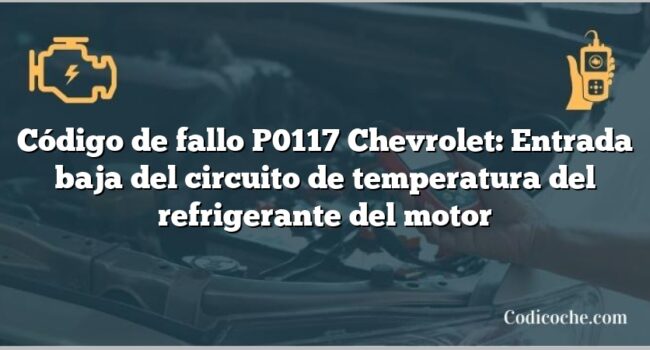
You're seeing the ABS and Engine Warning Lights on your dashboard, and your parking aid system is malfunctioning.
This is likely due to a faulty Right Rear Center Sensor Circuit, indicated by the C1710 Chevrolet code.
Common causes include a damaged sensor, wiring issues, or poor electrical connections.
To diagnose, review your service manual, use a data monitor, and inspect the sensor and circuit for damage or corrosion.
To repair, you may need to replace the sensor or wiring, and program the new sensor into your Body Control Module.
Want to learn more about diagnosing and fixing this issue?
- Key Takeaways
- Symptoms of the C1710 Chevrolet Code in Chevrolet Vehicles
- Common Causes of the C1710 Chevrolet Code: A Diagnostic Overview
- How to Diagnose the C1710 Chevrolet Code: Step-by-Step Procedure
- Effective Solutions: Repairing the C1710 Chevrolet Code
- Cost Analysis and Essencial Tools for Resolving the C1710 Chevrolet Code
- Preventive Measures to Avoid the C1710 Chevrolet Code in the Future
- Chevrolet Models Most Affected by the C1710 Chevrolet Code
- Related Fault Codes to C1710 Chevrolet Code
- Frequently Asked Questions
- Conclusion
Key Takeaways
- The C1710 Chevrolet code indicates a Right Rear Sensor Circuit Fault, disabling the Parking Aid system and triggering warning lights and tones.
- Common causes include a faulty Right Rear Sensor, damaged wiring, or poor electrical connections, which require prompt attention to ensure safe parking.
- Diagnosis involves reviewing the Service Manual, using a Data Monitor, and inspecting the Right Rear Sensor circuit for damage or corrosion.
- Effective solutions include visual inspections, component replacements, and programming the right rear sensor into the Body Control Module using a diagnostic tool.
- The repair cost ranges from $100 to $500, depending on labor rates and replacement parts, and may require professional assistance.
Symptoms of the C1710 Chevrolet Code in Chevrolet Vehicles
When the C1710 Chevrolet code is triggered, you'll likely notice the Anti-Lock Brake System (ABS) Warning Light and the Engine Light (or Service Engine Soon Warning Light) illuminating on your dashboard, indicating a problem with your vehicle's parking aid system. This code is related to the Rear Center Sensor Circuit, specifically the Right Rear Sensor.
The Parking Aid system is disabled, and the warning tone becomes continuous when an object is detected within 25 cm (10 in) of the sensors. The Parking Aid disabled indicator illuminates for three seconds when the ignition is turned to RUN.
The ABS Warning Light and Engine Light remain ON on your dashboard.
Your vehicle's parking aid system may not function properly, making it difficult to park safely.
These symptoms indicate that your vehicle's parking aid system is malfunctioning, and you should address the issue promptly to guarantee safe parking.
Common Causes of the C1710 Chevrolet Code: A Diagnostic Overview
To diagnose the C1710 Chevrolet code, you need to identify the root cause of the problem, and faulty or damaged components in the Right Rear Sensor circuit are common culprits.
This code indicates that the Rear Right Transmitter Can't process data from the Right Rear Sensor, which is part of the Parking Aid System.
Some common causes to ponder:
Faulty Right Rear Sensor: The sensor itself might be damaged or malfunctioning.
Right Rear Sensor harness is open or shorted to ground: Check for damaged wiring or corrosion.
Right Rear Sensor circuit poor electrical connection: Inspect connector pins for signs of being broken, bent, pushed out, or corroded.
Other possible causes not listed: Consult a professional if you're unsure about the diagnosis or repair.
How to Diagnose the C1710 Chevrolet Code: Step-by-Step Procedure
To diagnose the C1710 Chevrolet code and identify the root cause of the problem, consult your Service Manual for guidance on troubleshooting the Right Rear Sensor circuit fault.
Use a Data Monitor to check for any trouble codes or warning messages related to the Tire Pressure system.
Inspect the Right Rear Sensor and its circuit for any signs of damage or corrosion.
Review the Repair Difficulty level and decide if you need professional assistance.
- Review the Service Manual for troubleshooting guidance.
- Use a Data Monitor to check for trouble codes or warning messages.
- Inspect the Right Rear Sensor and its circuit for damage or corrosion.
- Review the Repair Difficulty level and seek professional help if needed.
Effective Solutions: Repairing the C1710 Chevrolet Code
Now that you've diagnosed the C1710 Chevrolet code, it's time to focus on repairing the faulty right rear center sensor circuit to get your parking aid system up and running again.
To effectively repair the code, follow these steps:
- Visually inspect the related wiring harness and connectors for signs of damage or corrosion.
- Check for damaged components and inspect connector pins for signs of being broken, bent, pushed out, or corroded.
- Program the right rear sensor into the Body Control Module (BCM) using a diagnostic tool like the Autel TS508.
- Use a tool capable of scanning all modules, such as the Consult-II tool, to provide live data and monitor tire pressures.
Remember to follow the diagnosis suggested in the service manual and check for safety recalls on the vehicle to confirm a thorough repair.
Cost Analysis and Essencial Tools for Resolving the C1710 Chevrolet Code
You'll need to budget between $100 to $500 to resolve the C1710 Chevrolet code, depending on the labor rates and replacement parts required for the repair.
To fix the issue, you'll need some essential tools, including a scan tool, such as the Autel TS508 or Consult-II, to write sensor IDs and display live data.
A factory service manual or online repair resource is necessary to provide detailed diagnosis and repair procedures.
A new rear right transmitter sensor, which can cost between $50 to $200, depending on the quality and brand, may be required.
Professional mechanic's labor, which can take 1-2 hours, with an average labor rate of $75 to $150 per hour, will also be necessary.
These costs will vary depending on your location, the shop you choose, and the specific repair required.
Be prepared to invest time and money to resolve the C1710 Chevrolet code and get your parking aid system working properly again.
Preventive Measures to Avoid the C1710 Chevrolet Code in the Future
Your Chevrolet's parking aid system requires regular maintenance to prevent the C1710 code from reappearing in the future. By taking proactive steps, you can avoid costly repairs and guarantee your vehicle's safety features function properly.
Check all tire pressures regularly to guarantee even weight distribution, which can affect the Rear Sensor's accuracy.
Inspect the wiring harness and connectors for signs of damage or corrosion, which can cause faulty connections.
Inspect the Right Rear Sensor circuit for damaged components, such as broken or bent pins.
Regularly clean the Rear Sensor to guarantee it can accurately detect objects.
Chevrolet Models Most Affected by the C1710 Chevrolet Code
The C1710 Chevrolet code has been reported to occur more frequently in certain models, including the 2014-2018 Chevrolet Silverado, 2015-2019 Chevrolet Tahoe, and 2016-2020 Chevrolet Suburban. If you own one of these vehicles, you're more likely to encounter this issue.
The 2014-2018 Silverado has the highest reported incidence of the C1710 code.
The Tahoe is the second most affected model, with a significant number of owners reporting the issue.
The Suburban rounds out the top three, with a notable number of C1710 code occurrences.
In many cases, the faulty Right Rear Sensor is the root cause of the problem.
Keep this information in mind when servicing your vehicle to guarantee you're prepared to address the issue promptly.
Fault codes like C1708, C1709, and C1711 are closely related to the C1710 Chevrolet code, as they all pertain to issues with data reception from various sensors and transmitters. These codes are connected to tire pressure monitor issues, and can be caused by faulty tire pressure transmitters, damaged or loose tire pressure receiver connectors, BCM malfunction, incorrect tire pressure, or ID registration issues with transmitters.
They all relate to issues with data reception from sensors and transmitters.
They can be caused by faulty tire pressure transmitters or receiver connectors.
They may require similar diagnosis and repair steps, such as checking tire pressure and receiver connectors.
They can be diagnosed using tools like the Autel TS508 or Consult-II tool.
Understanding these related fault codes can help you better diagnose and repair the C1710 Chevrolet code.
Frequently Asked Questions
Can I Still Drive With the C1710 Code Present?
It's not recommended to drive with the C1710 code present. The faulty sensor can lead to safety risks, like accidents or injuries, especially when reversing.
You may experience driving limitations, such as a disabled parking aid system, and warning signs like the ABS light being on.
The code persistence indicates a problem that needs attention.
If you're unsure, consider roadside assistance or consult a professional to avoid further sensor failure and potential harm.
Will the Parking Aid System Still Function Partially?
A faulty right rear center sensor will substantially impact sensor functionality, leading to system limitations and reduced aid effectiveness. Parking accuracy may suffer, and sensor reliability is compromised.
With the C1710 code present, the parking aid system won't function fully. You can expect limitations and reduced effectiveness.
Diagnosing and addressing this issue is crucial to guarantee your safety on the road. Get it checked out to prevent further problems.
How Often Does the Right Rear Sensor Need to Be Cleaned?
The frequency of sensor maintenance depends on various factors, including dirt accumulation effects, sensor design flaws, water exposure risks, and road debris impact.
Debris accumulation patterns can vary, but as a general rule, it's recommended to clean the sensor every 1,000 to 3,000 miles or when you notice a decrease in parking aid system performance.
Regular cleaning can help prevent faults and guarantee peak system functioning.
Is It Possible to Reset the Code Without Repairing the Issue?
Resetting the code without fixing the issue is possible, but not recommended. The underlying problem will persist, and the warning light may come back on until it's resolved.
Fault diagnosis tools like an OBD II scanner can help identify the issue, but they've limitations and mightn't detect the problem. Sensor calibration tips may not apply in this case.
It's best to address the root cause to guarantee your safety on the road. Clearing the code without fixing the issue can lead to persistent problems and safety risks.
Will a Faulty Right Rear Sensor Affect Other Vehicle Systems?
A faulty right rear sensor can impact vehicle stability, blind spot monitoring, and advanced safety features.
Electronic interference from the faulty sensor can cause issues with other systems.
Wiring damage can spread to other components, leading to more problems.
This can compromise the overall safety and efficiency of your vehicle.
To prevent further complications, it's essential to address the issue promptly.
Conclusion
You've successfully diagnosed and repaired the C1710 fault code in your Chevrolet.
By following the steps outlined in this guide, you've saved time and money and guaranteed your safety on the road. Your ABS system is now functioning as it should.
Remember to stay on top of routine maintenance and address issues promptly to prevent future problems.
Si quieres conocer otros artículos parecidos a Fault Code C1710 Chevrolet: Right Rear Center Sensor Circuit Fault puedes visitar la categoría Chevrolet.
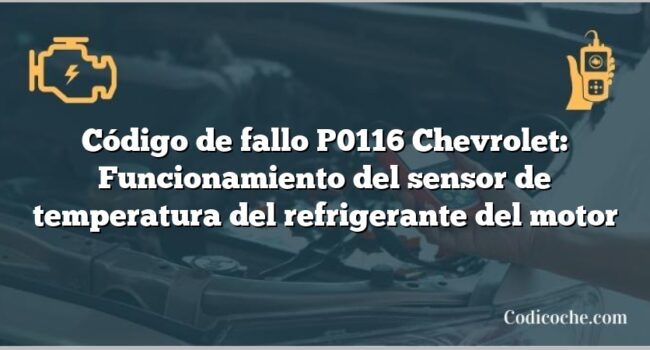
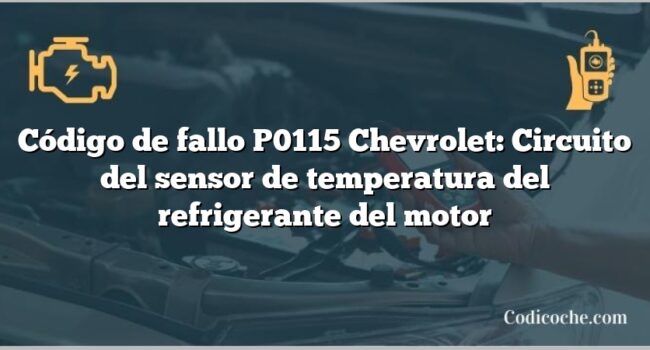
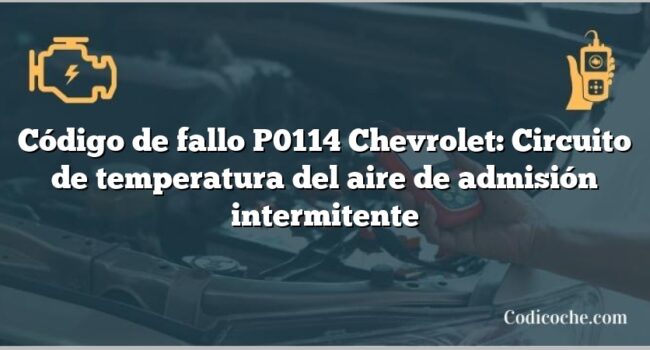
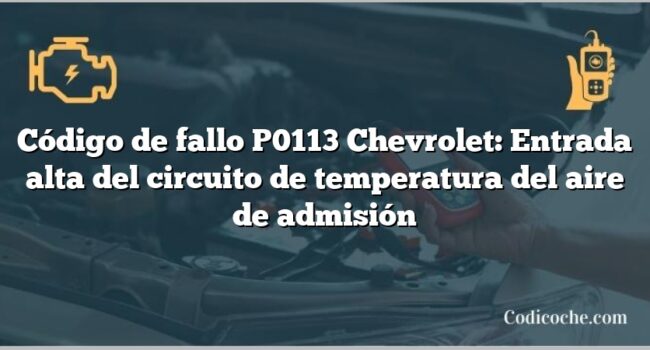
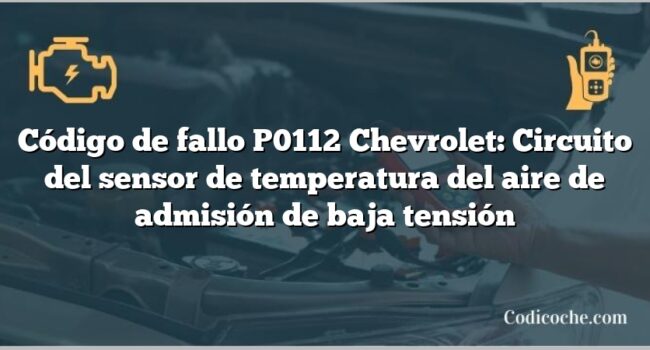
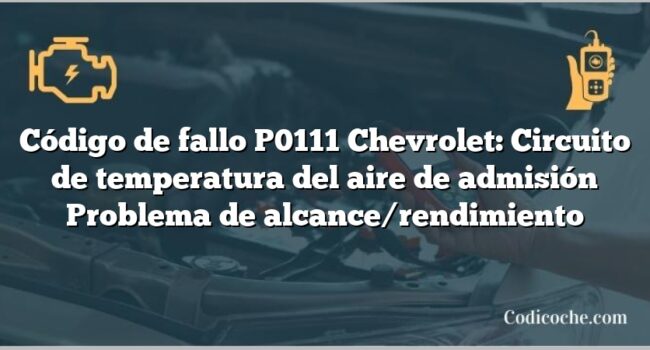
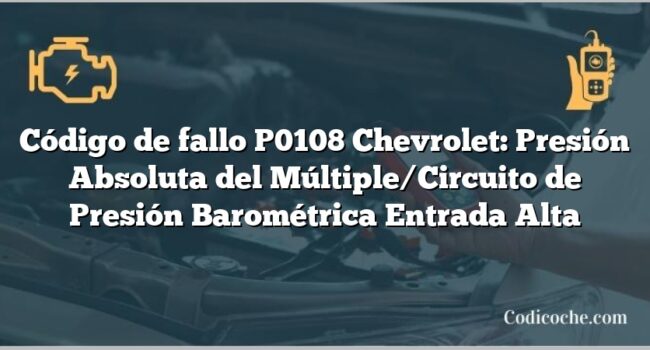
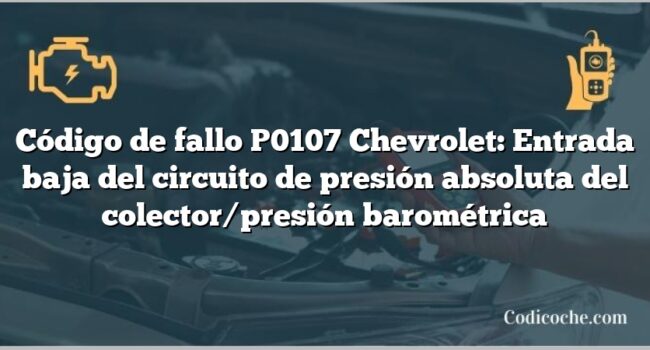

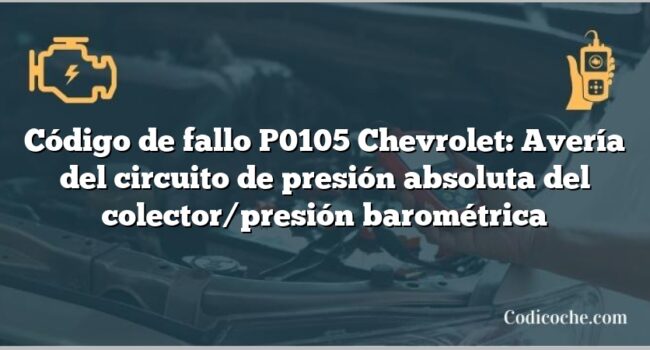
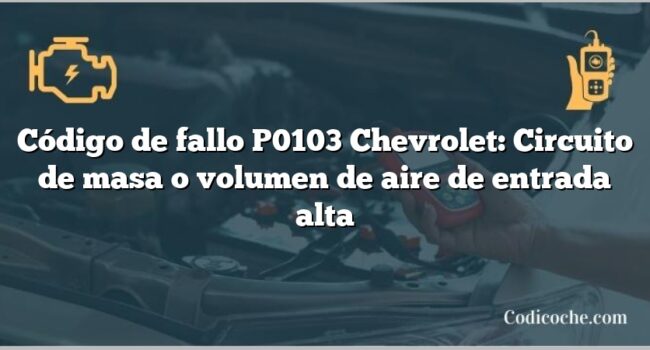
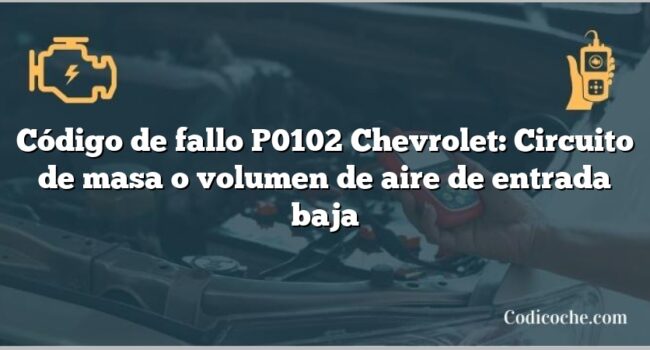
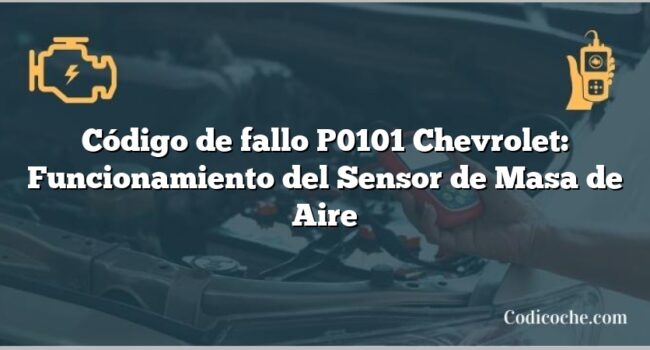
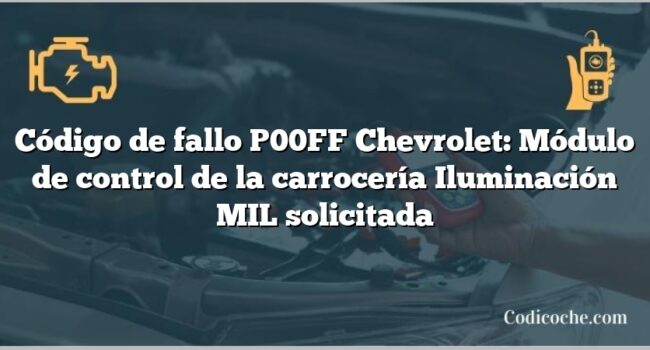
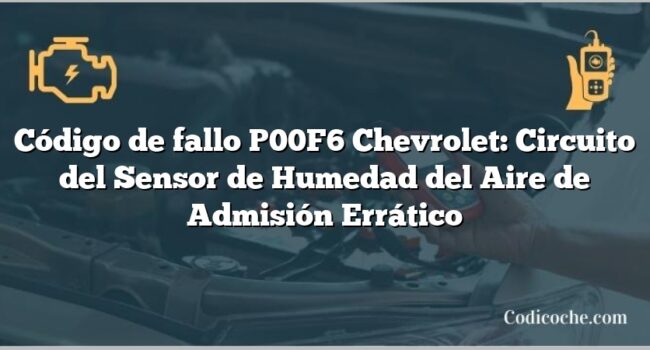
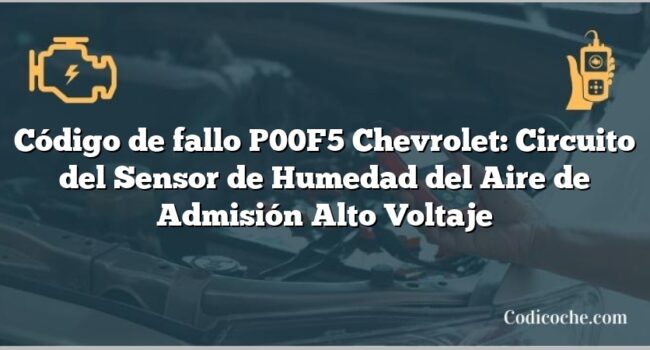
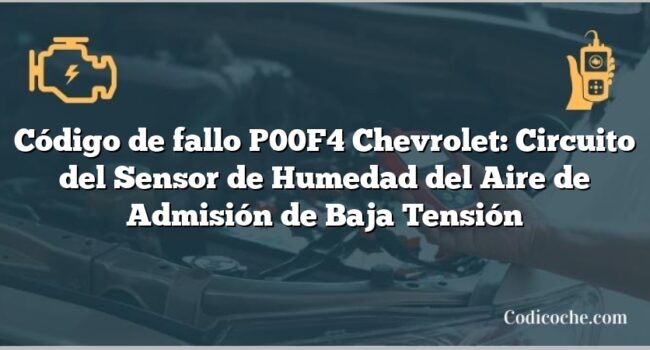
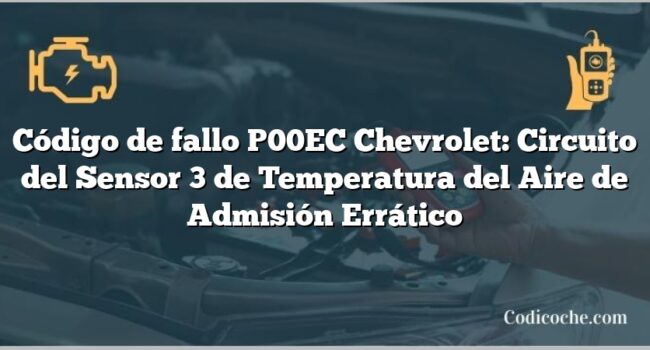
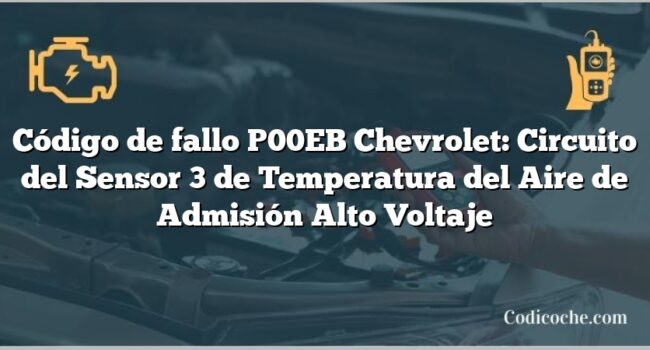
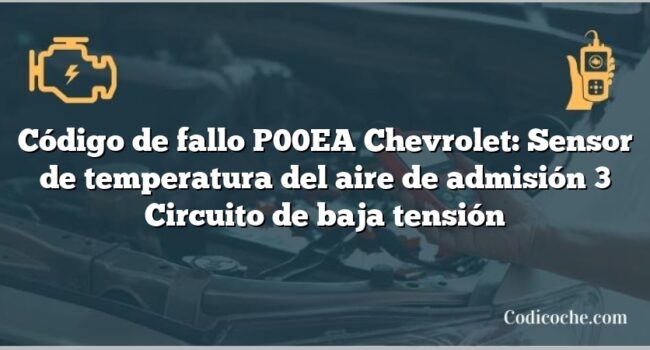
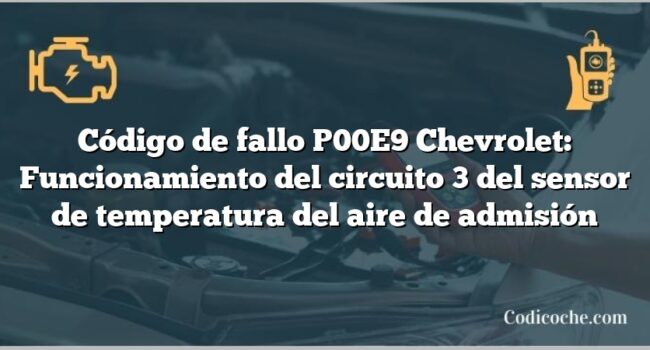
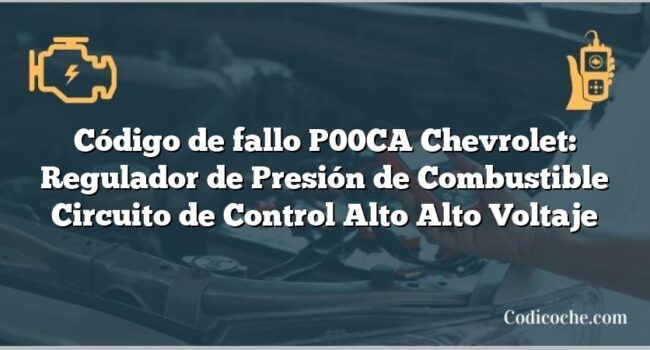
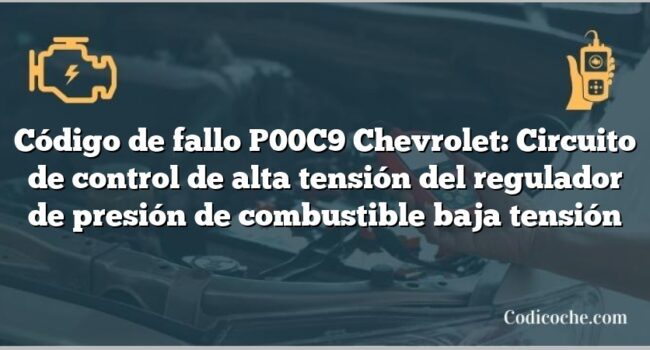
También te puede interesar: